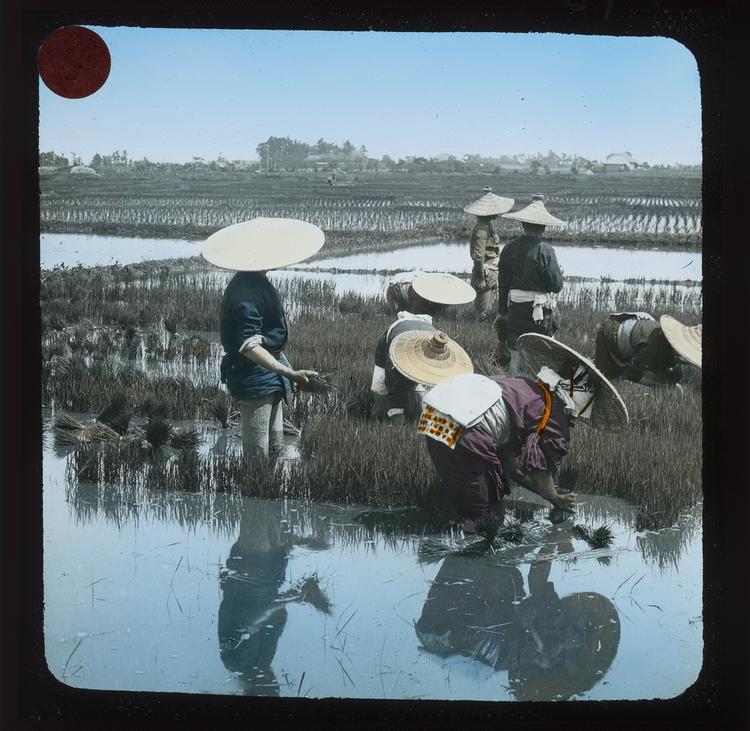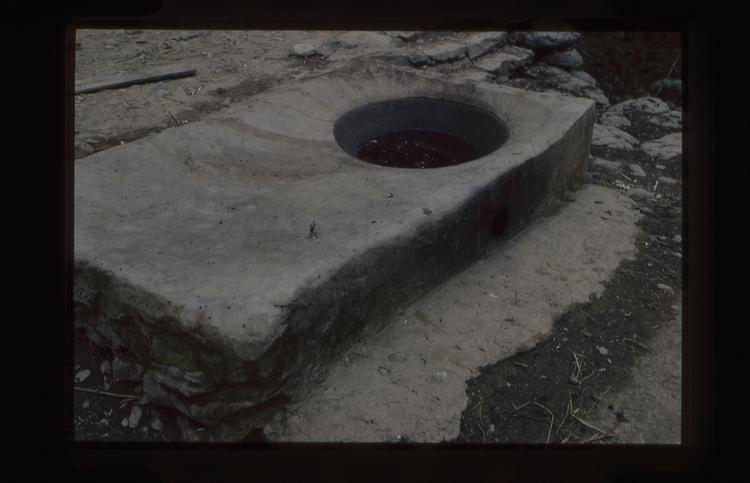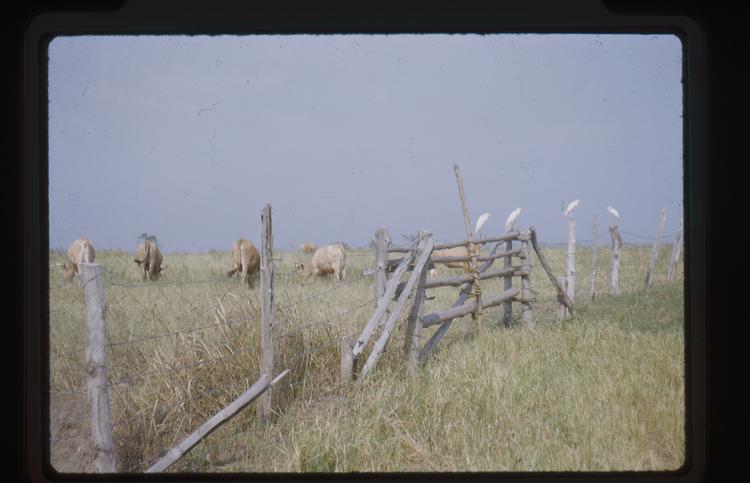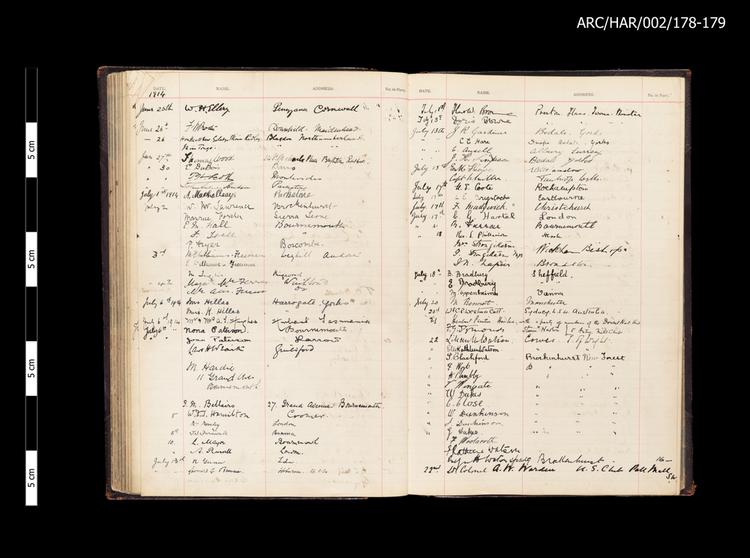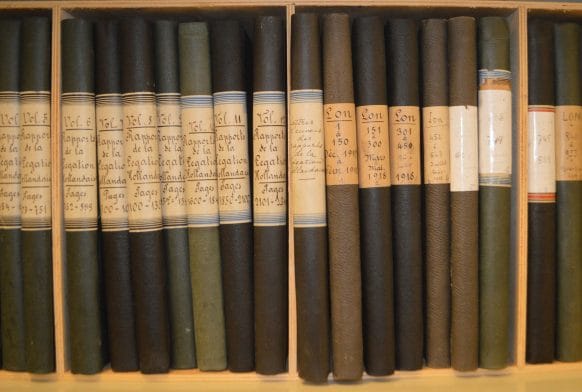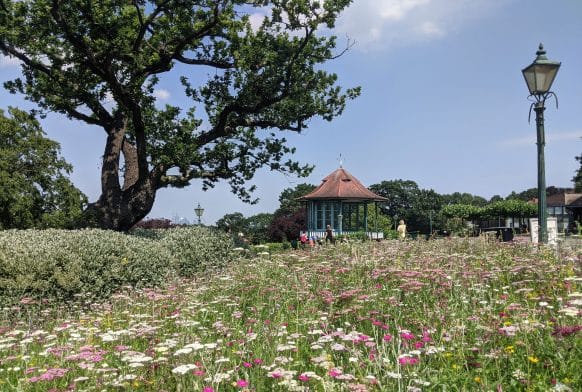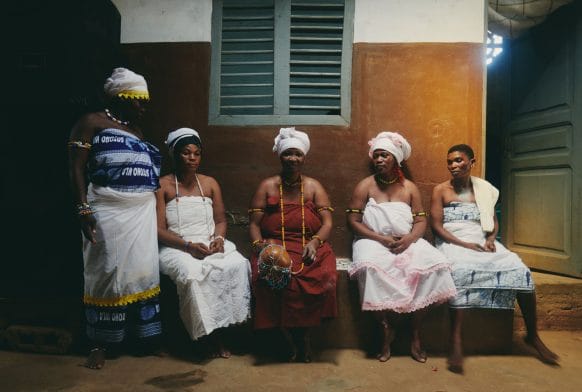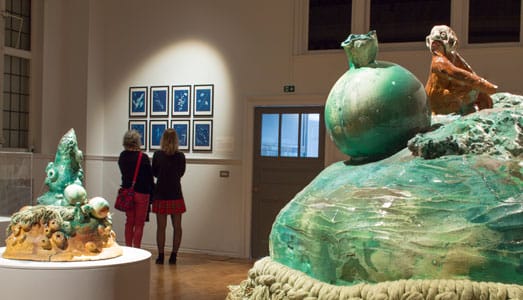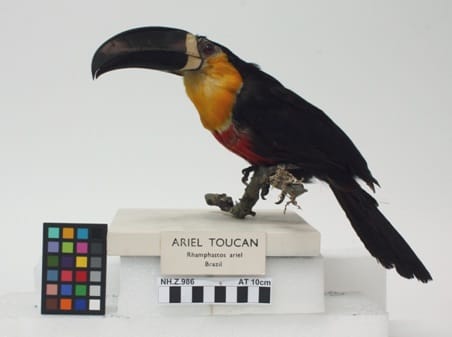
One physiognomic study of Frederick John Horniman, signed by Annie Isabella Oppenheim, physiognomist, and published in the Pick –Me-Up Magazine on July the 4th, 1891. The text frames a printed portrait-style photograph of Frederick J. Horniman, the same one which formed the visual material for Annie Oppenheim’s article. As expressed by the author, the main reason for this short study lies in the fact that Mr. Horniman was likely to be appointed as one of the sheriffs of London when Alderman Grey (potentially Edward James Grey) was going to become Mayor; and a Shrewsbury MP at the next election.
Mr. Horniman, a well-known businessman and famous traveller, made his fortune by selling tea in packets: he was the first one to sell tea in that form, quickly followed by many others. His features seem to communicate, in Annie I. Oppenheim’ interpretation, a great deal about his temperament. For instance, the forehead is square and intellectual, the lines across the forehead indicate a hopeful and enthusiastic nature, while the not very refined nose is indicative of strong commercial instincts. Unfortunately, the beard obscuring the chin left no further room of interpretation for the author.



